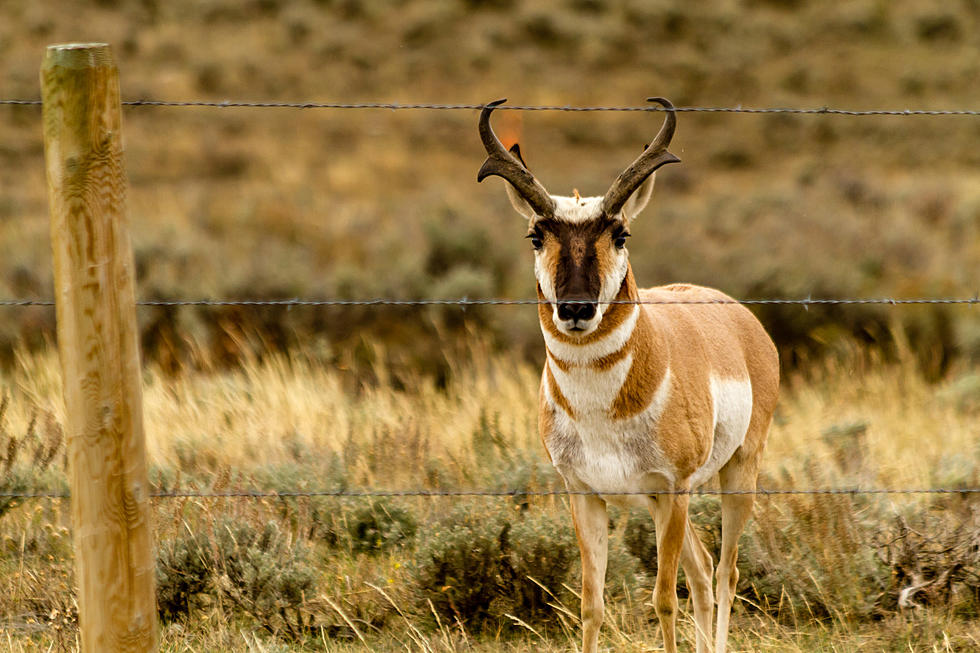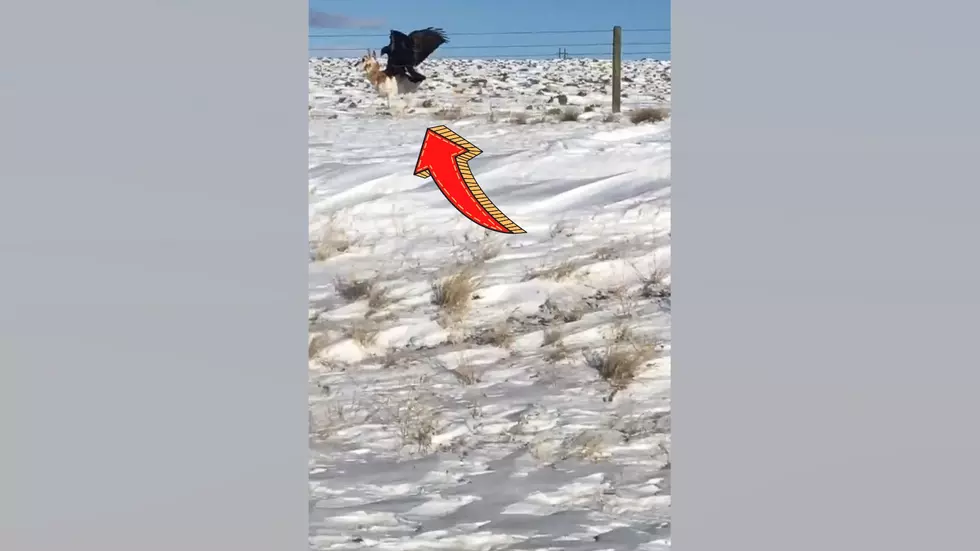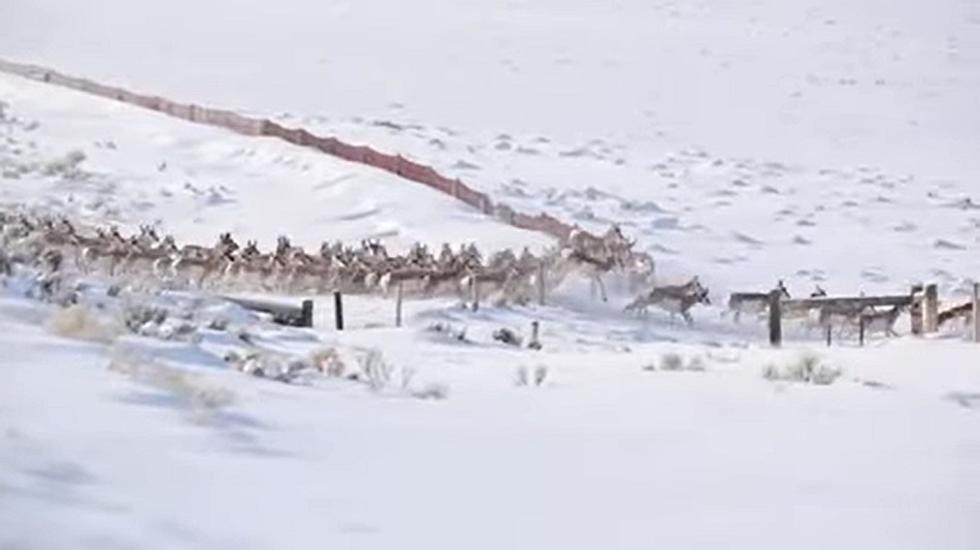
Pronghorn Are NOT Antelope. So, What Are They?
Here's a shocker.
That thing you've been calling a "pronghorn antelope" is not an antelope at all.
WAIT - what?
Although often simply called antelope, pronghorns are not true antelope at all.
Most authorities consider them the sole modern member of the Antilocapridae family, while all other horned ungulates (mammals with hooves) in North America belong to the Bovidae family. (Department Of Fish & Wildlife).
Okay, but hold on, they look like antelope from other parts of the world.
So why aren't they antelope?
It's the only surviving member of the Antilocapridae family, which is part of the Pecora infraorder, making it a distant relative of deer, bovids, and moschids.
Pronghorns are more closely related to giraffes and okapis.
More closely related to GIRAFFES?
Hold on, let's get less technical so we can understand this.
Pronghorns are often called antelope because they resemble Old World antelopes and fill a similar ecological niche.
In 1815, George Ord, who wrote the first comprehensive account of western North American mammals and birds, gave pronghorns the scientific name Antelope americanus.
He later changed it to Antilocapra americana in 1818.
Explorers Lewis and Clark also compared pronghorns to African antelopes and gazelles in the early 19th century, which helped solidify the comparison.
One difference is that pronghorns shed their horns annually, while antelope keep theirs for life.
North America is the only place where pronghorns live. The majority of antelopes live in Africa with some small populations in parts of the Middle East and Asia.
Pronghorns and African antelopes are similar because are small, sleek, and slender, and can run at high speeds.
They even look very much alike.
But just because they look like cousins does not mean that they are.
Laramie Peak Wyoming Bison
Gallery Credit: Glenn Woods
Backroad Up The Bighorns
Gallery Credit: Glenn Woods
More From Wake Up Wyoming









